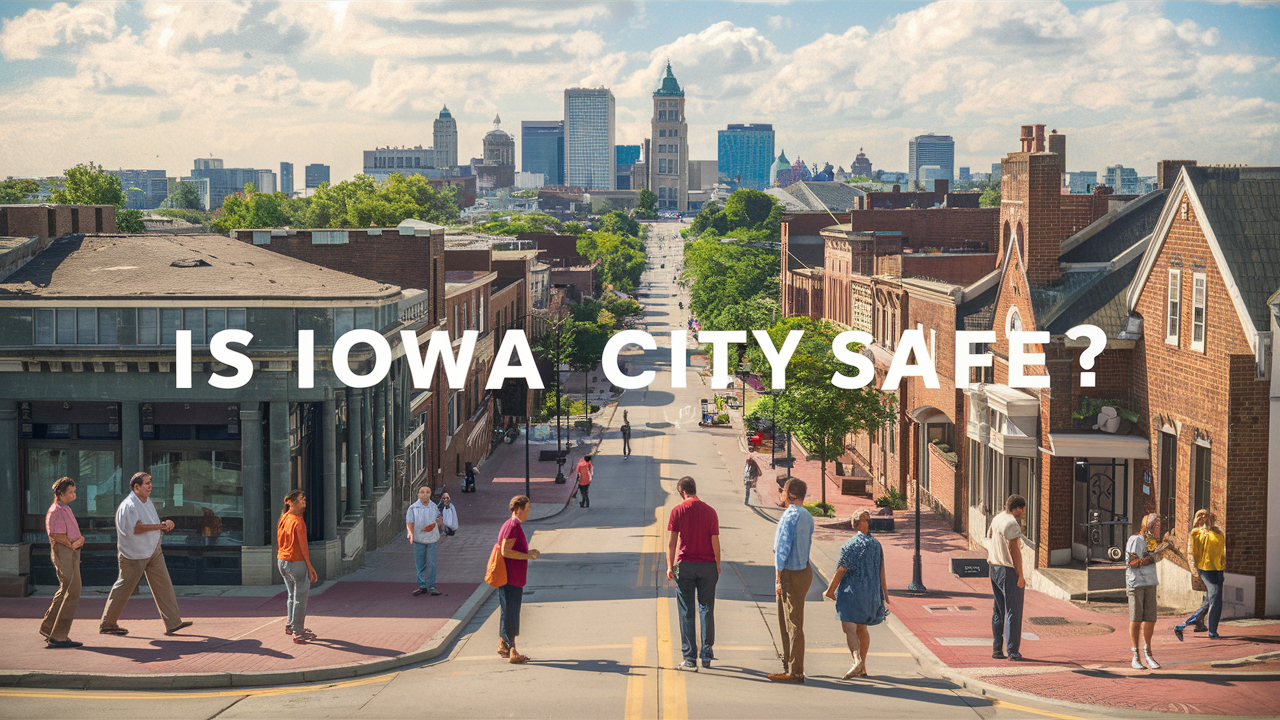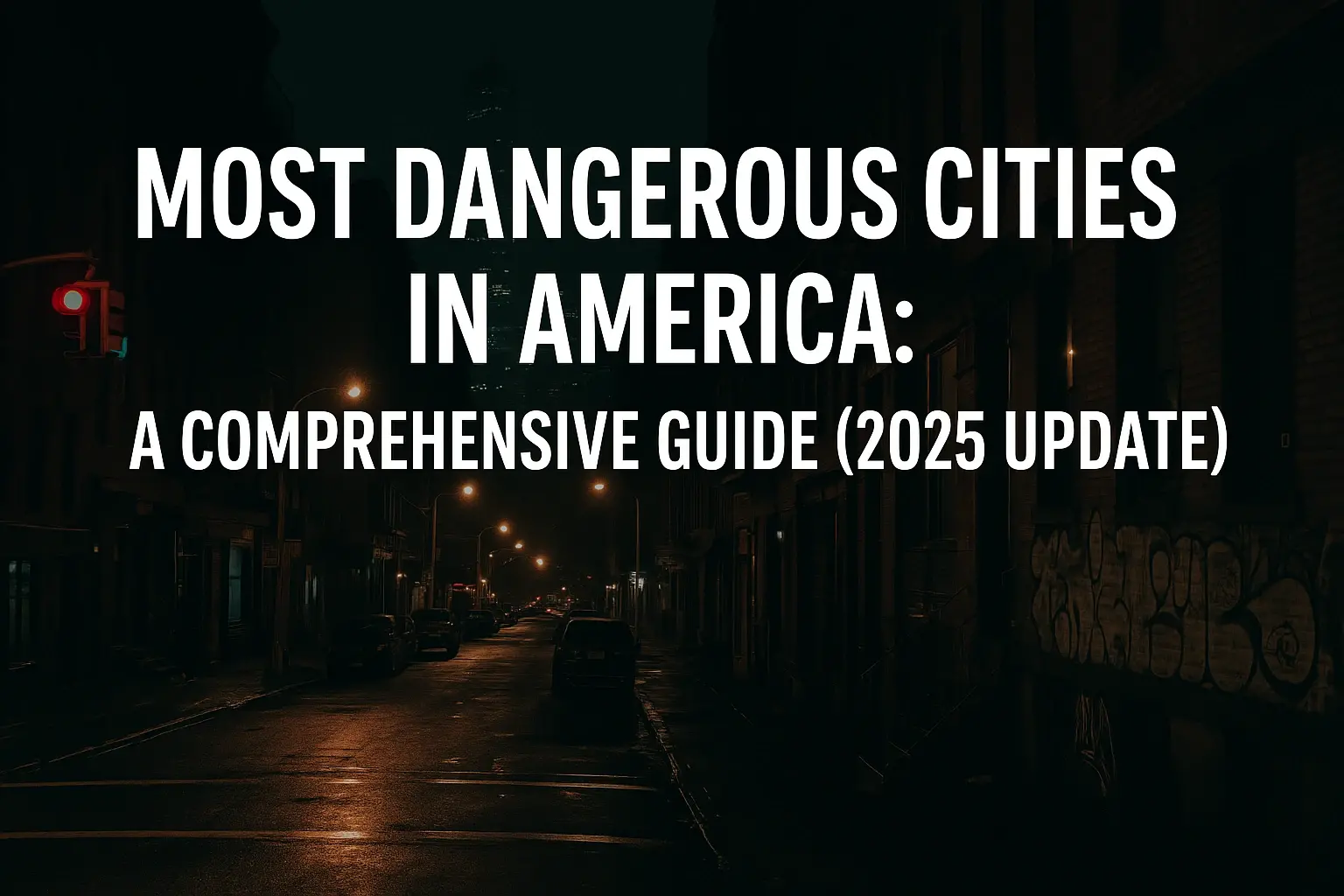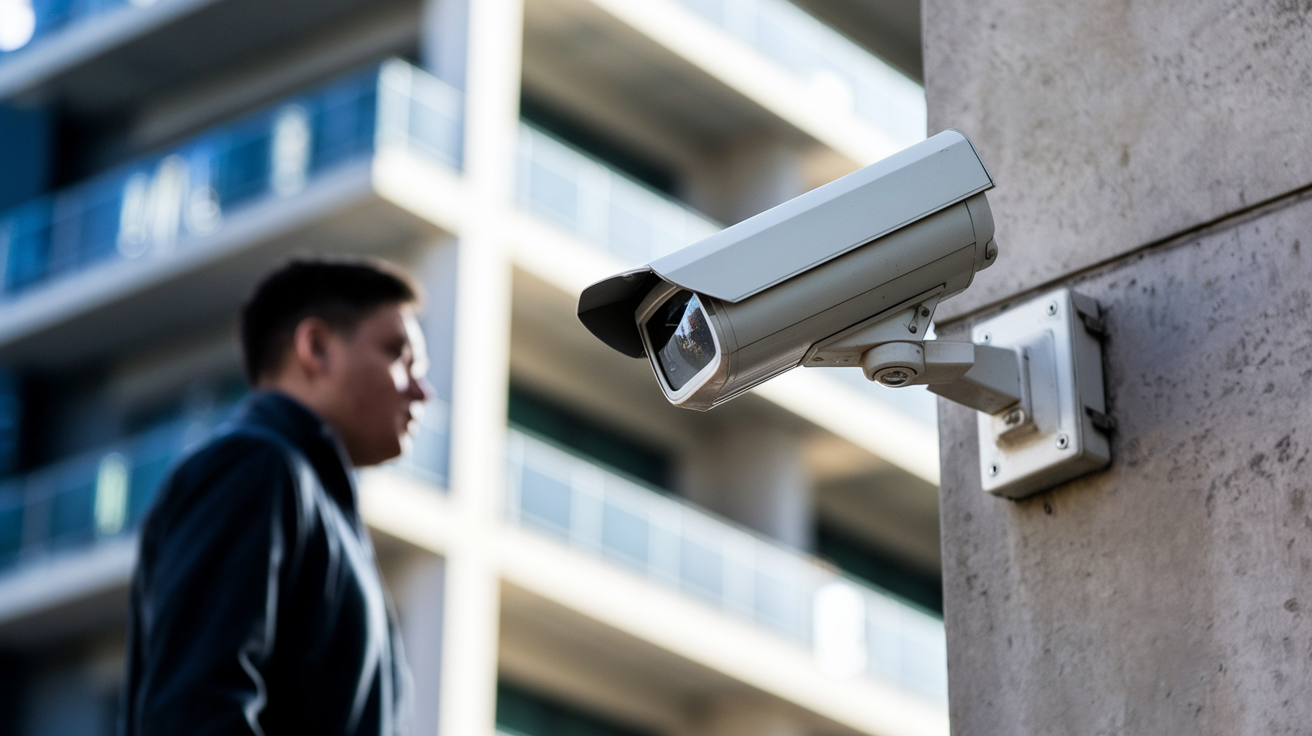Iowa City is considered one of the most wonderful places to live in if you are constantly surrounded by students. Being Iowa City the home of the University of Iowa, it has a vibrant arts scene, nightlife, terrific restaurants, and lots of outdoor activities. Still, those who are planning to become residents of Iowa City or just visit this place, may wonder – is this city safe enough? To this effect, the following guide offers a detailed review of crime statistics and the safety of the city of Iowa City.
Crime Statistics Of Iowa City
Necessary to say, that Iowa City is characterized by below-average crime rates following FBI crime statistics data. Traditional violent crimes such as murder, rape, robberies, and aggravated assault are very limited, almost negligible. Iowa City, for example, recorded only 32 violent crimes in 2019 which makes it one of the safest large cities with a violent crime rate of 189 per 100,000 residents.
Other crimes such as burglaries, larcenies, thefts, and motor vehicle thefts are also lower than the national average, but non-violent crimes are easier to commit than violent ones and are more rampant than violent offenses. The percentile of crime victims in Iowa City is approximately 1.92 percent. In the case of crime rates, Iowa City while not free from crime, has very low rates of crime in the country.
Increased Precautions Around Campus
Overall, Iowa City can be regarded as rather safe, yet some specific precautions are necessary in areas close to the downtown and the University of Iowa campus. There are several streets with relatively higher crime rates, although still considerably low, such as Iowa Avenue, Gilbert Street, Jefferson Street, and North Dubuque Street, which are associated with students.
These neighborhoods continue to be comparatively safe in terms of crime risk within city borders but students should not walk around alone at night. One may find that there are some incidents of violent crimes involving students and other persons targeting students, sometimes even within proximity to schools and colleges, but they are few and far between. General safety measures typical for big cities – being mindful of one’s environment not walking alone after dark or leaving valuables visible in a car, for example – significantly decrease the danger in those spheres.
Exceptional Law Enforcement
Several factors such as the strict policing that is witnessed in Iowa City can be attributed to the level of safety in the city. Iowa City law enforcement comprises 129 sworn members in its police department serving a population of more than 75,000 people going about their activities during the day due to the presence of the University of Iowa. Another method of measuring is the number of officers for every resident in the city; Iowa City’s police force has not only remained proportional to the increase in population but has also remained lower than many cities.
The University of Iowa Department of Public Safety also has its sworn police force that patrols the property of the University and when crimes are committed involving students they collaborate with city police. If required, state and county law enforcement agencies also offer support services to assist in enforcement. In a nutshell, the fact that Iowa City has more than the average number of law enforcement officers per resident means more eye-sight and crime prevention, which makes the crime rate low in the whole city.
Family-Friendly Atmosphere
Other than efficient policing, Iowa City has other factors that support families, which in turn reduce the crime rate. The general public of the city has labeled most of the violent crime that occurs as coming from bars, house parties, and every other youthful misconduct that families would not want to associate with. Unlike large metropolitan areas, Iowa City does not have the type of inner-city problems such as gang-related violence, drug sales in public spaces, and other vices. It offers the proximity where residents are likely to know their neighbors, and such individuals are always ready to help one another.
Another key aspect of this culture is that it fosters a tightly bonded group, which discourages more serious forms of criminal activity. Even though Iowa City can be considered rather large, it does not possess some of the factors that lead to the appearance of violent crime, ensuring the safety of families even in the poorest districts with a high density of population. Such measures as having strong locks for doors and windows, using security lights that are sensitive to movement, walking around well-illuminated areas, especially during the night, and even getting well-acquainted with your neighbors can further reduce the low incidence of property crime.
A Safe City and One of The Most Liveable
So, it is not one hundred percent that there is no possibility of crime in any given location but Iowa City is as close to that as a city of its population can be. Rates of violent crime are negligible; rates of property crime are relatively low and dropping. The major areas of the city that I deemed at risk are countered by a strong policing presence and a college-oriented atmosphere that leaves little room for danger.
Downtown and campus neighborhoods are a tad more careful but are still fairly safe compared to city-like areas. In a nutshell, Iowa City’s exceptionally minuscule crime figures and Midwestern friendliness rank the city among America’s most desirable and safe college towns. The general population, university students, and tourists have no plausible reason to heighten their safety consciousness.







